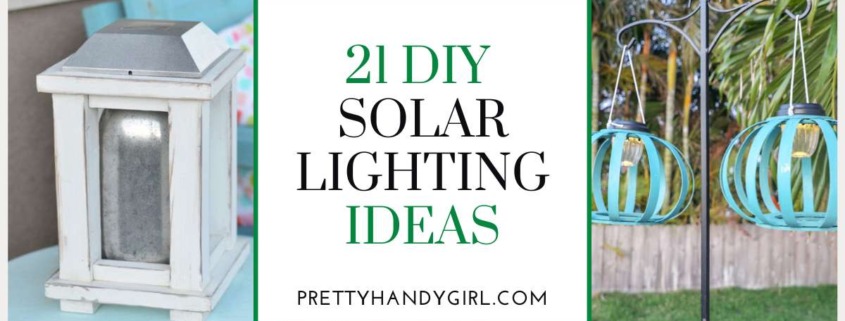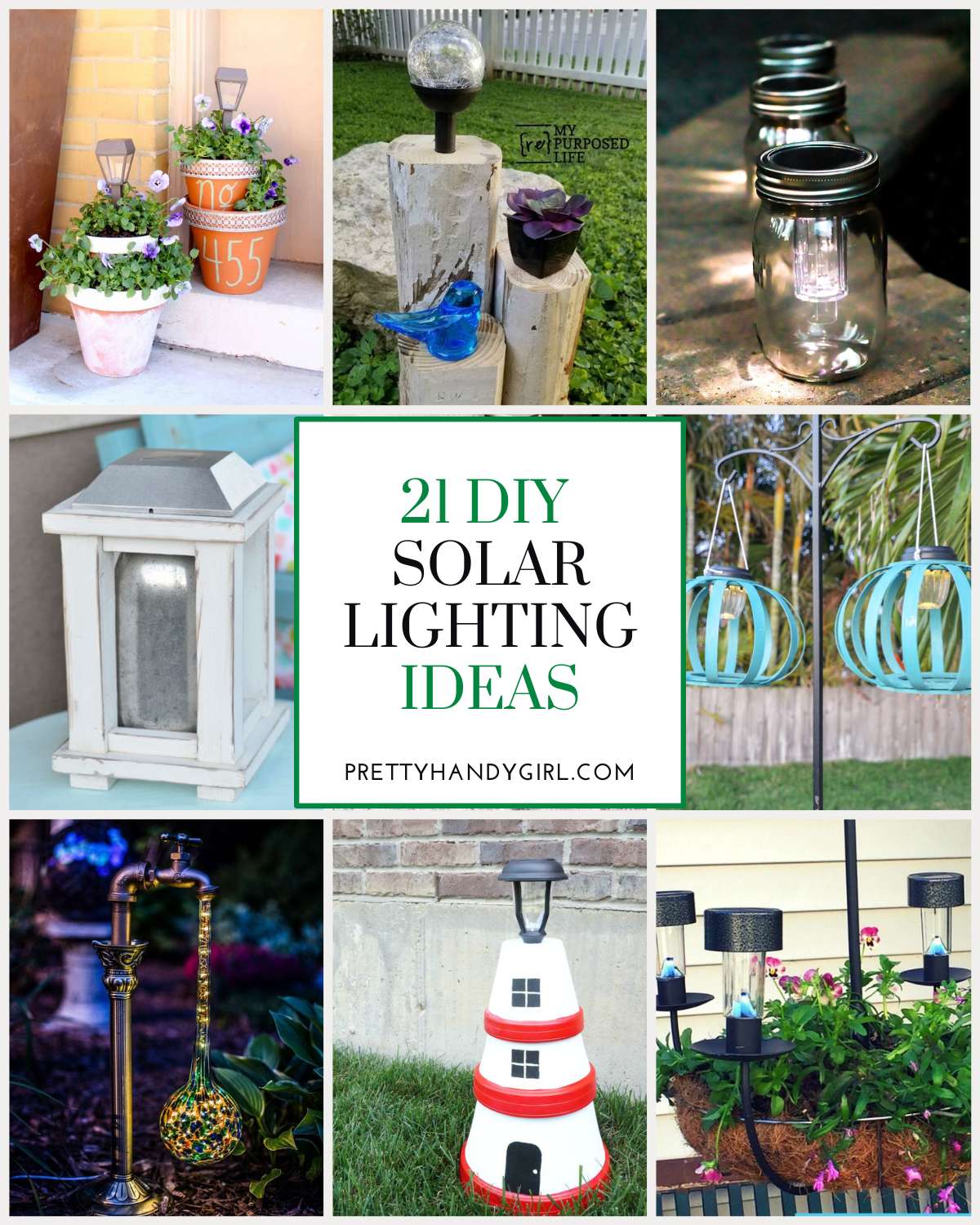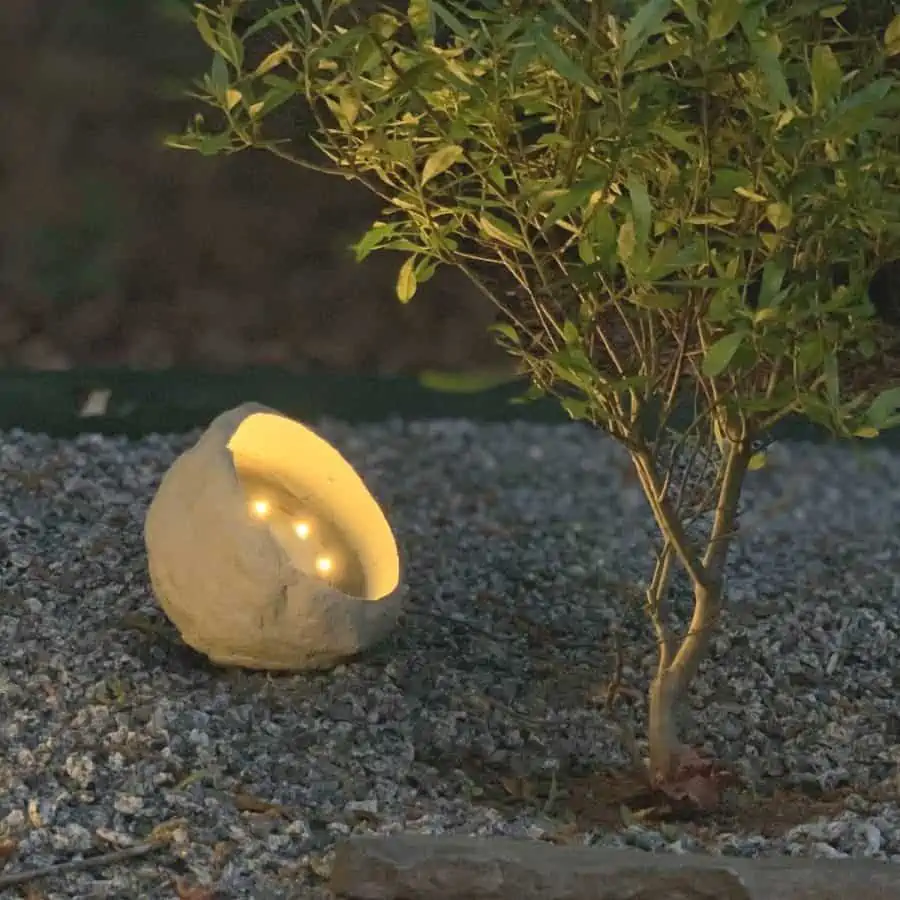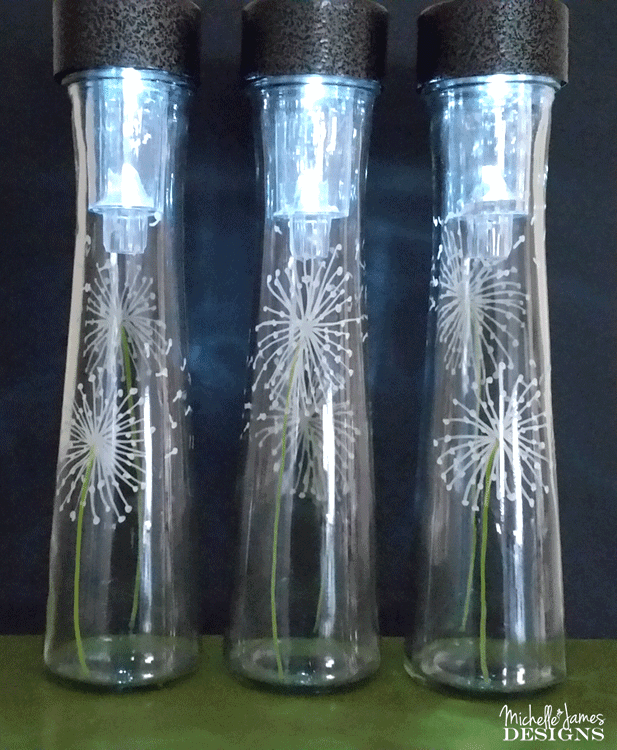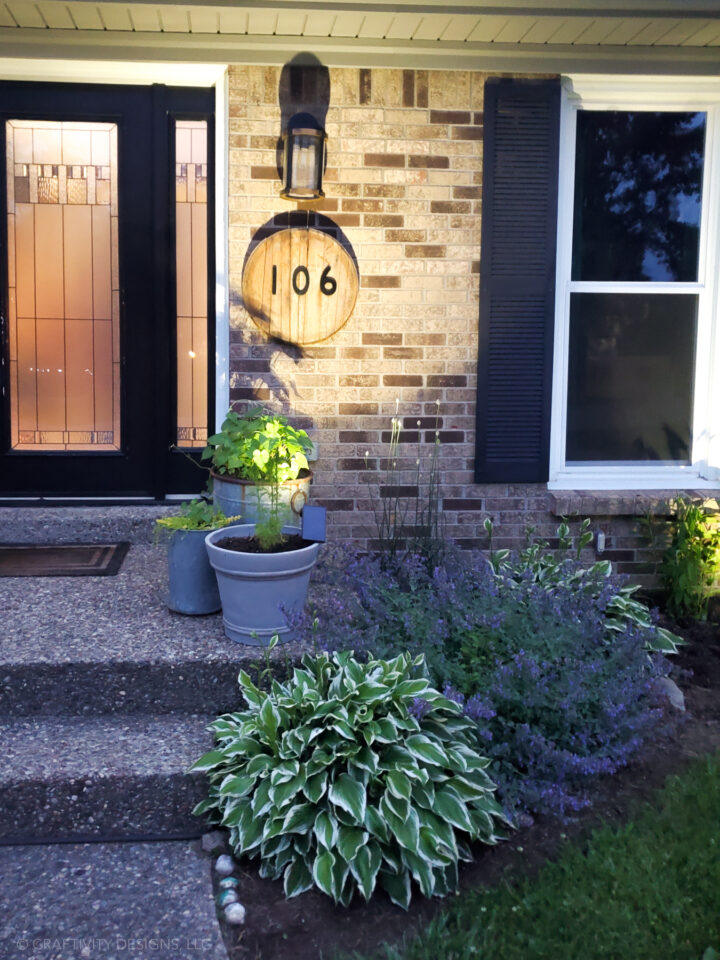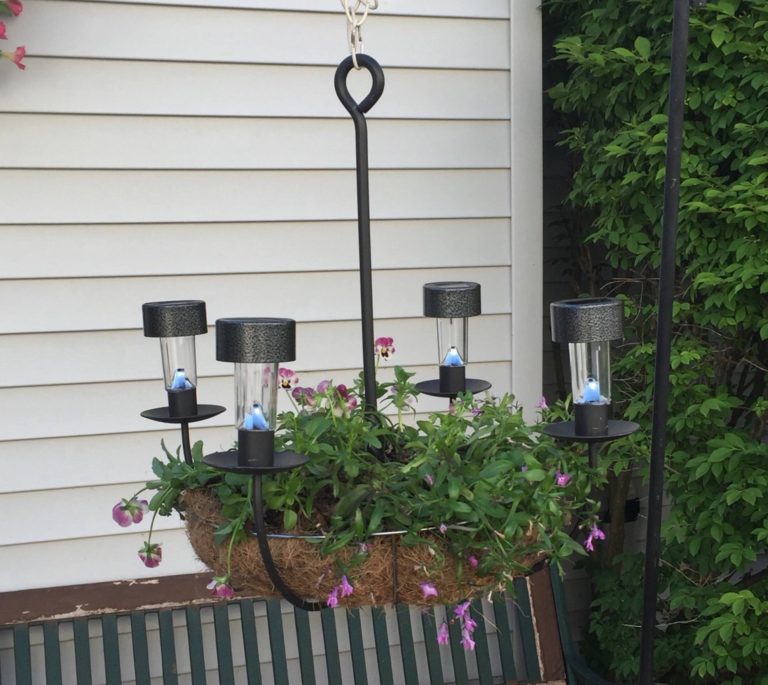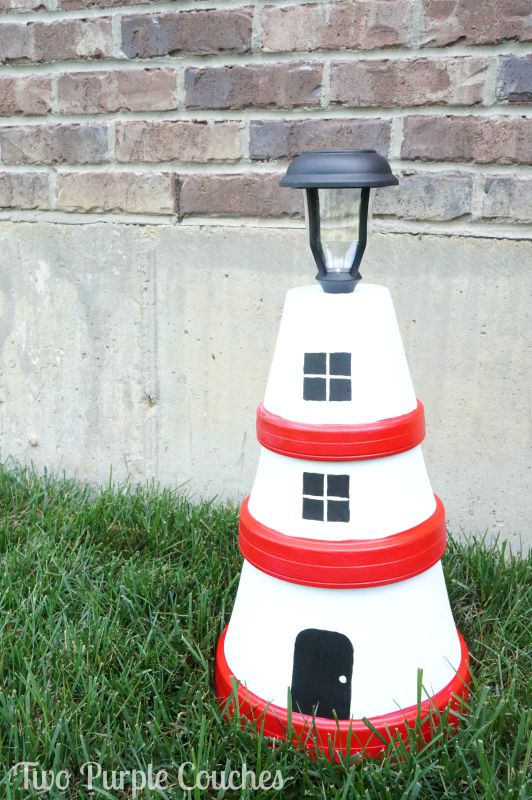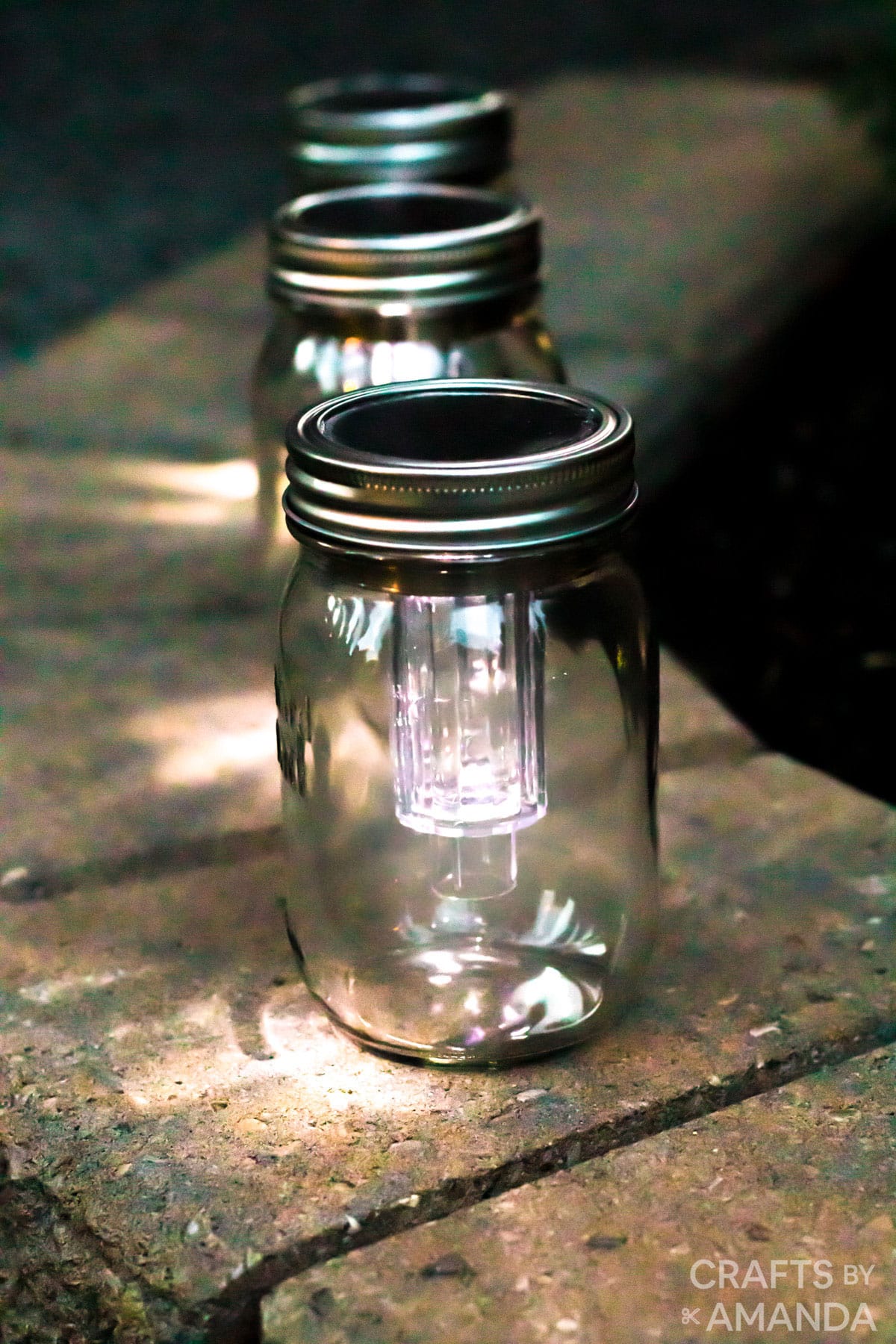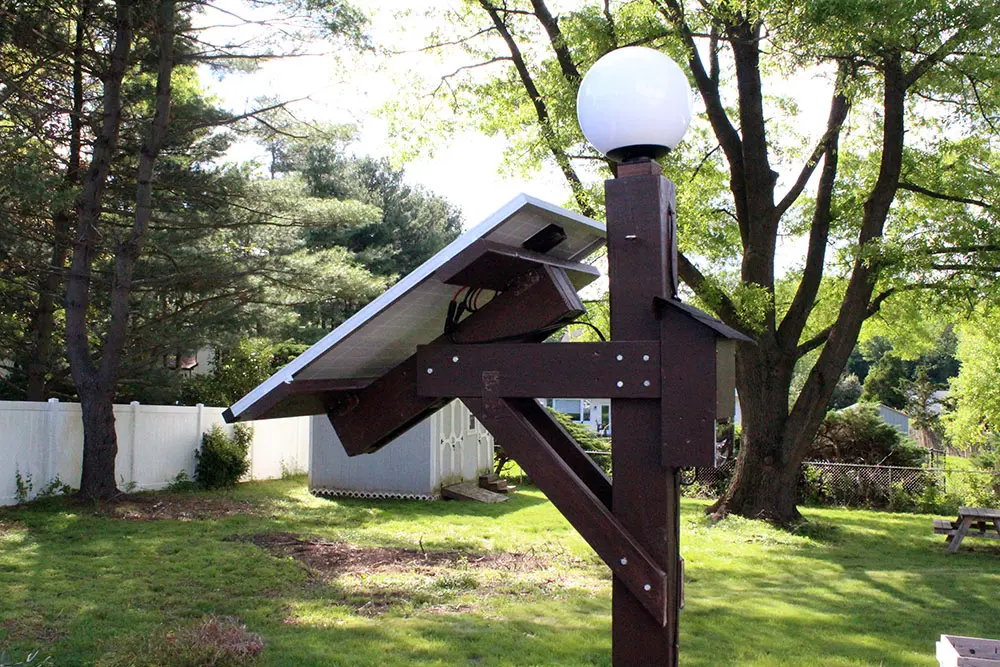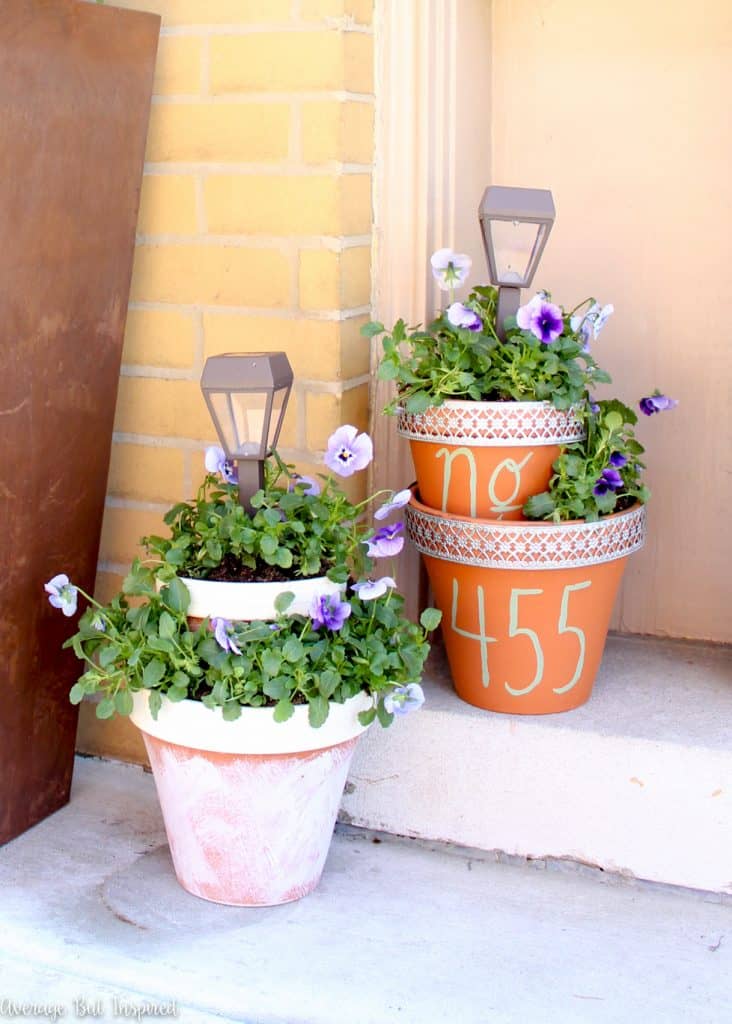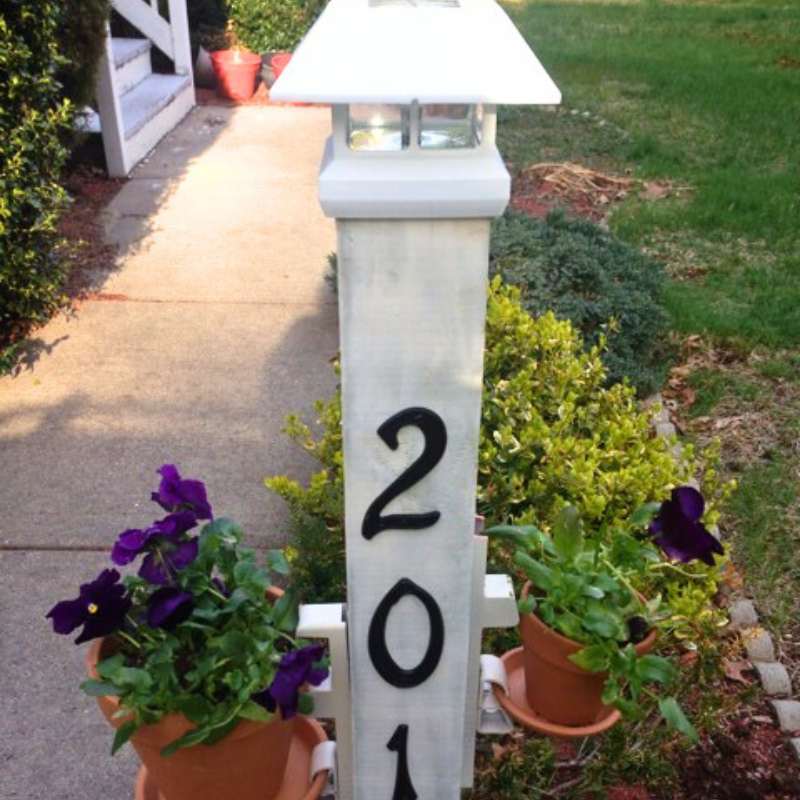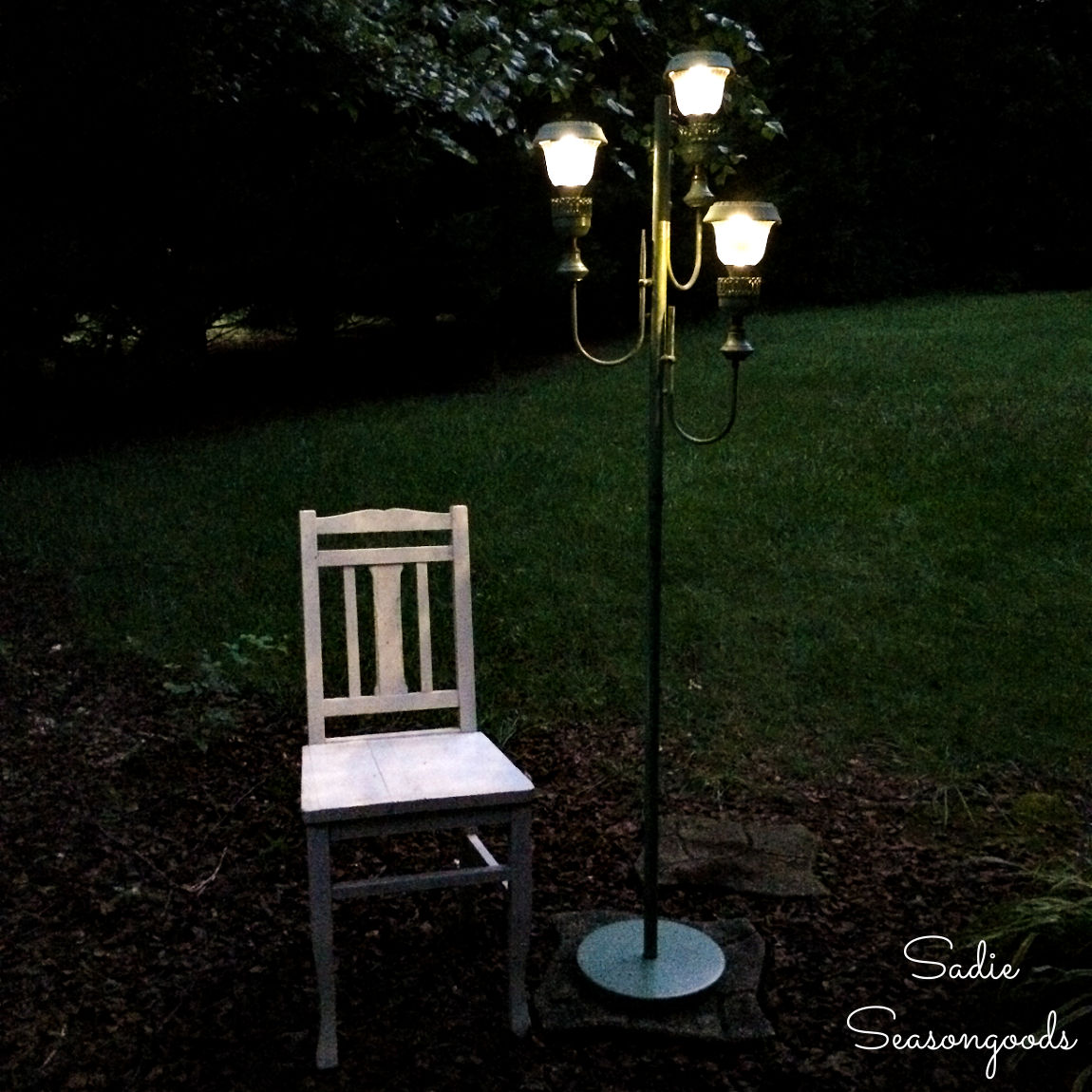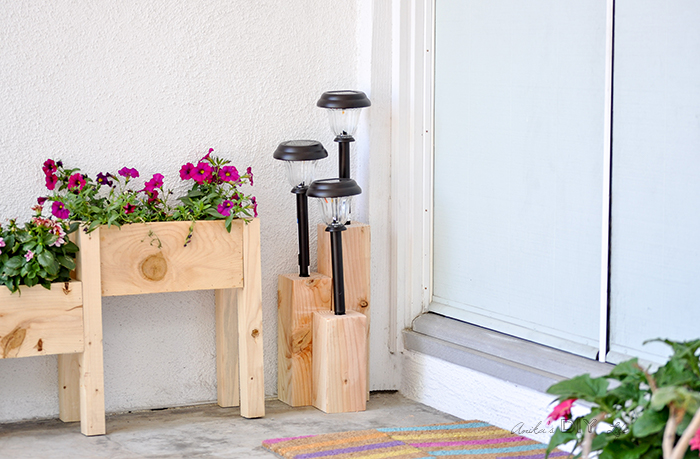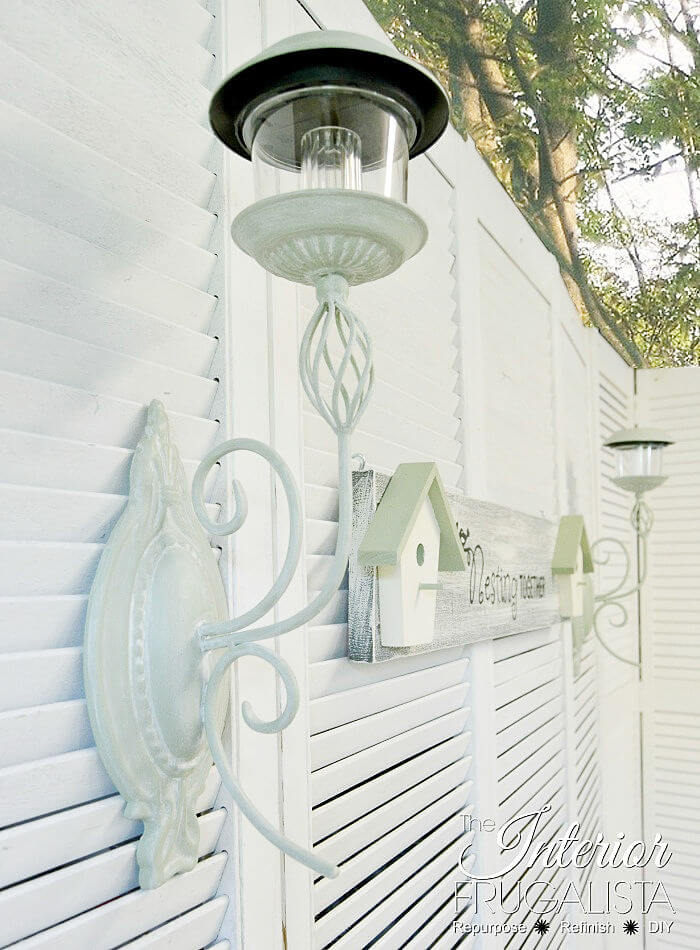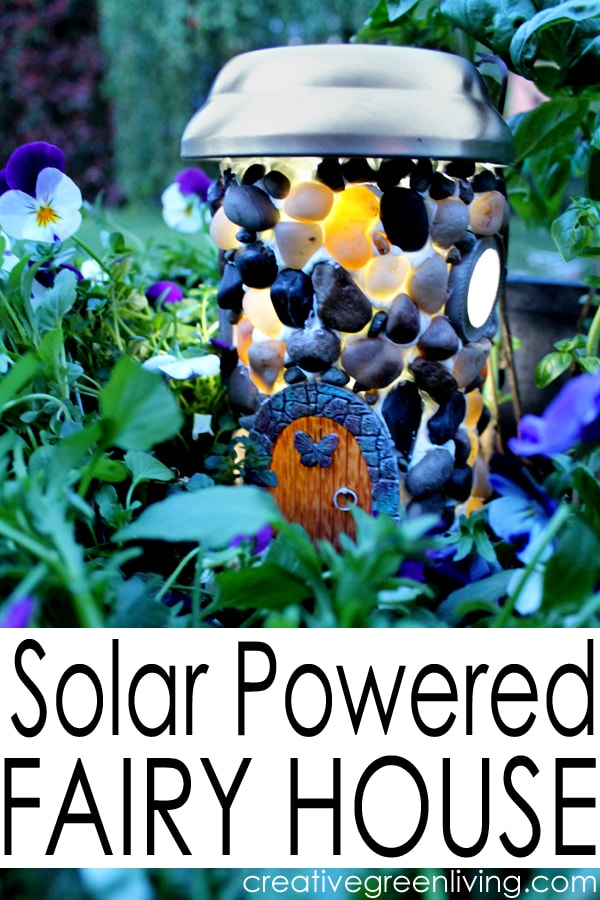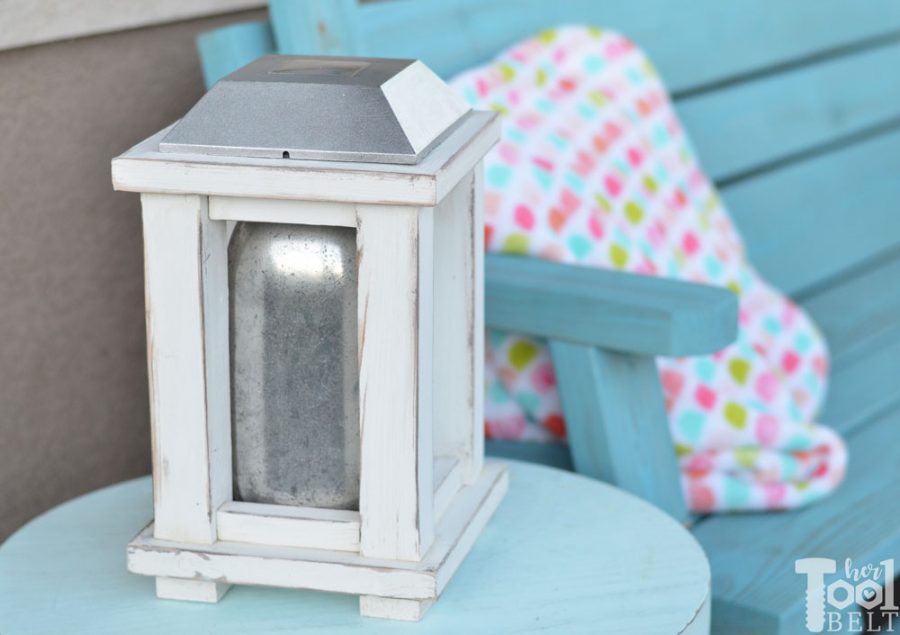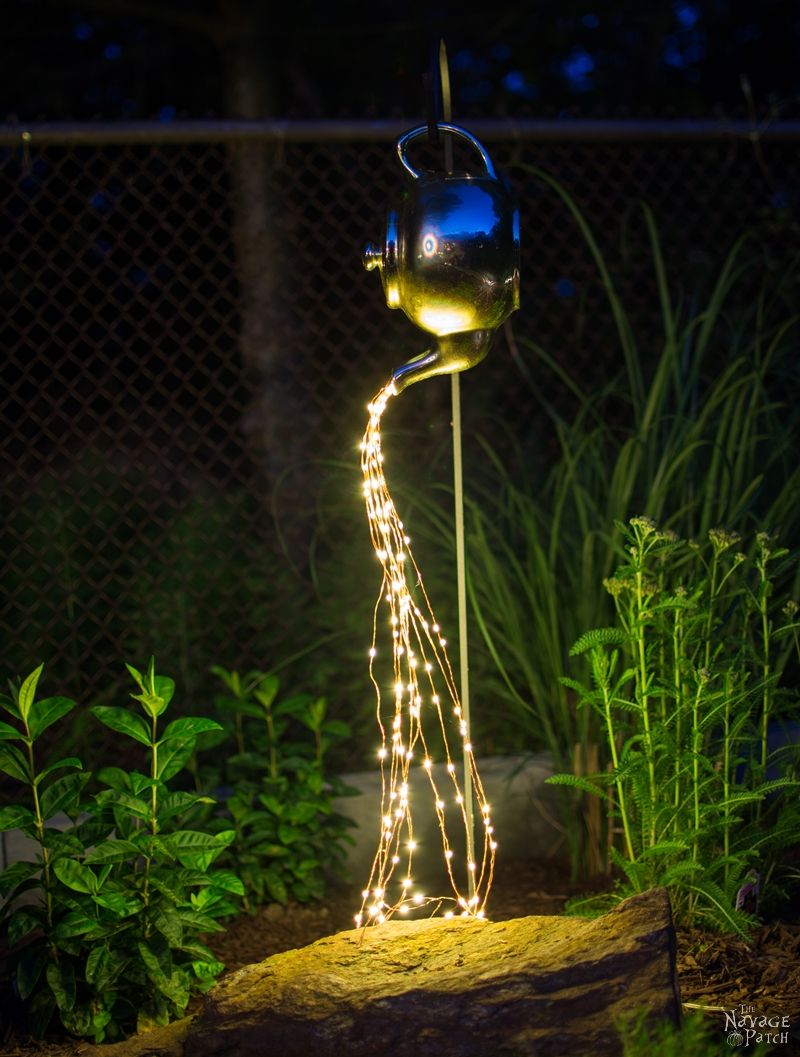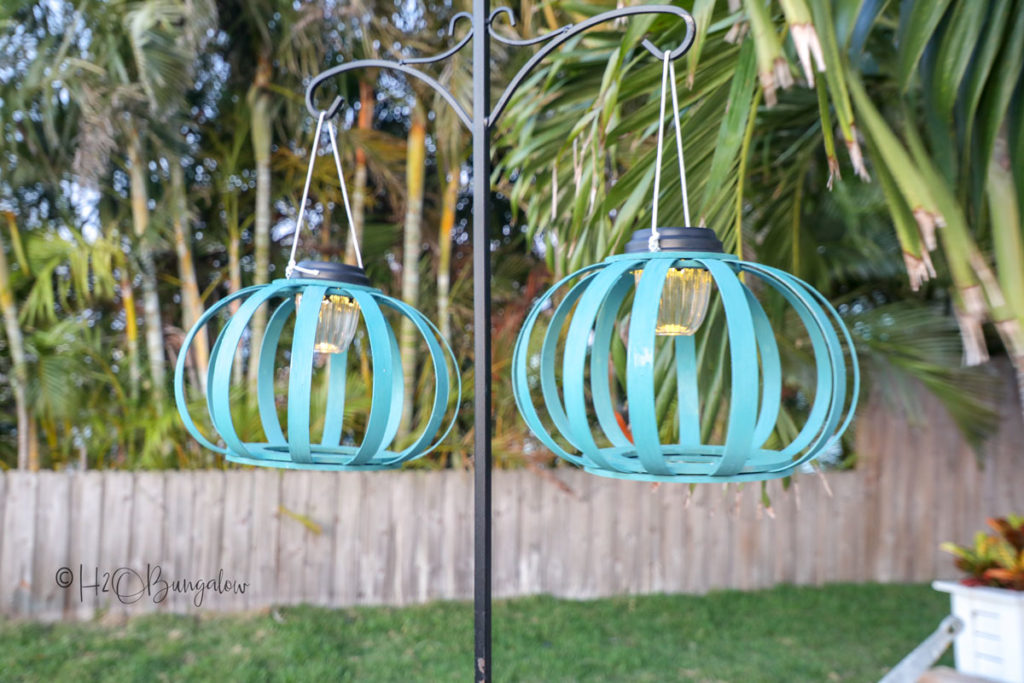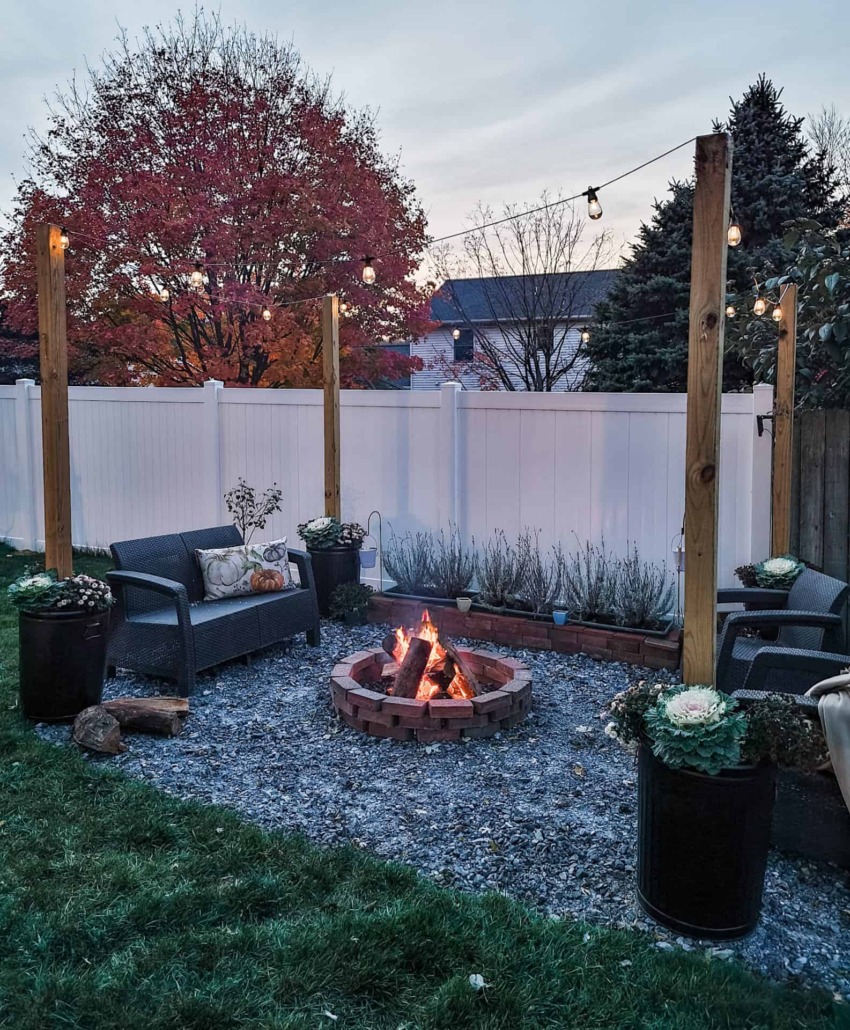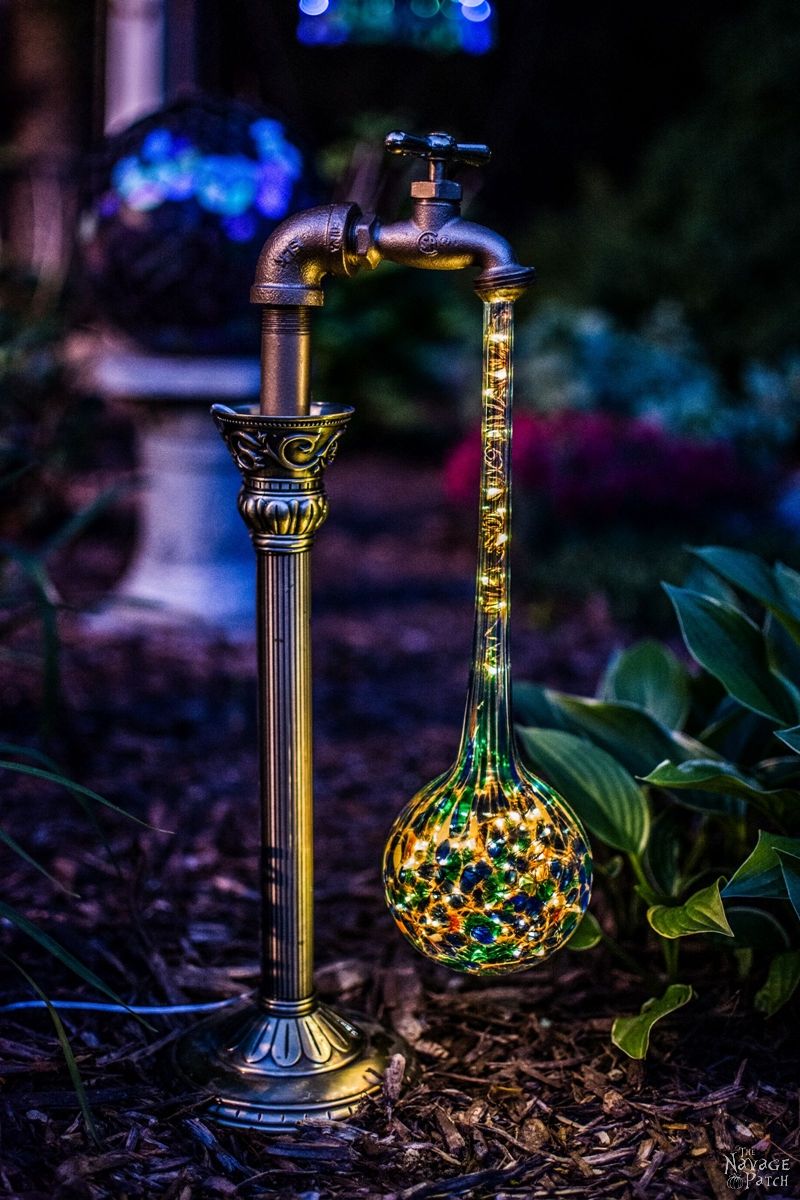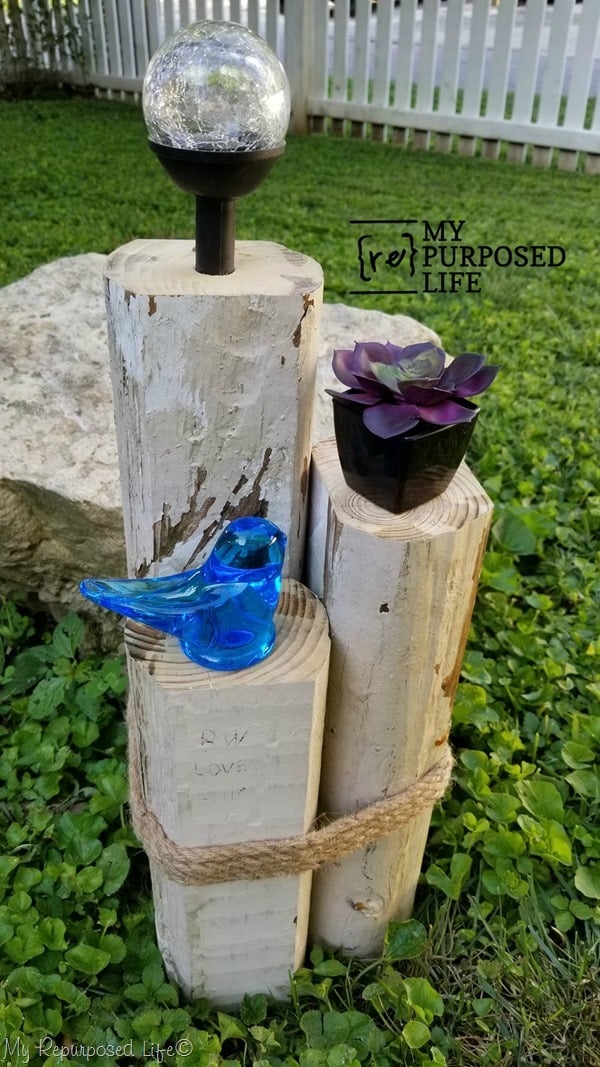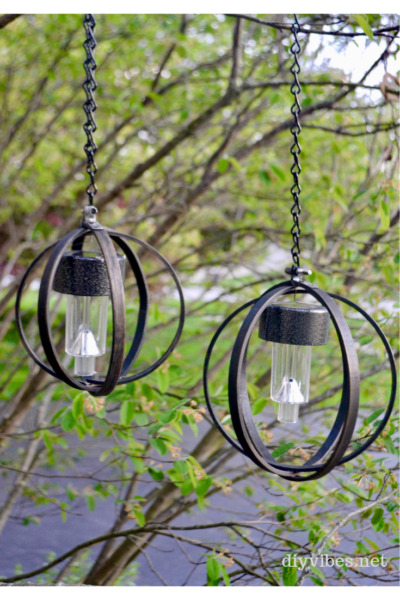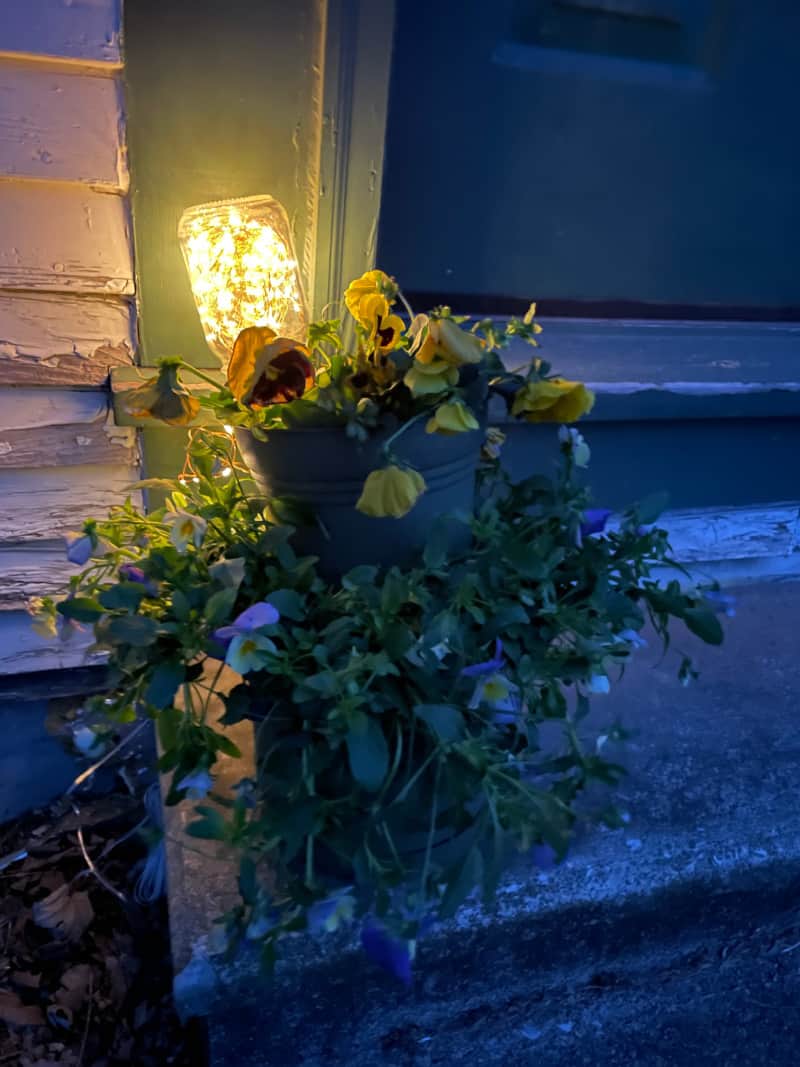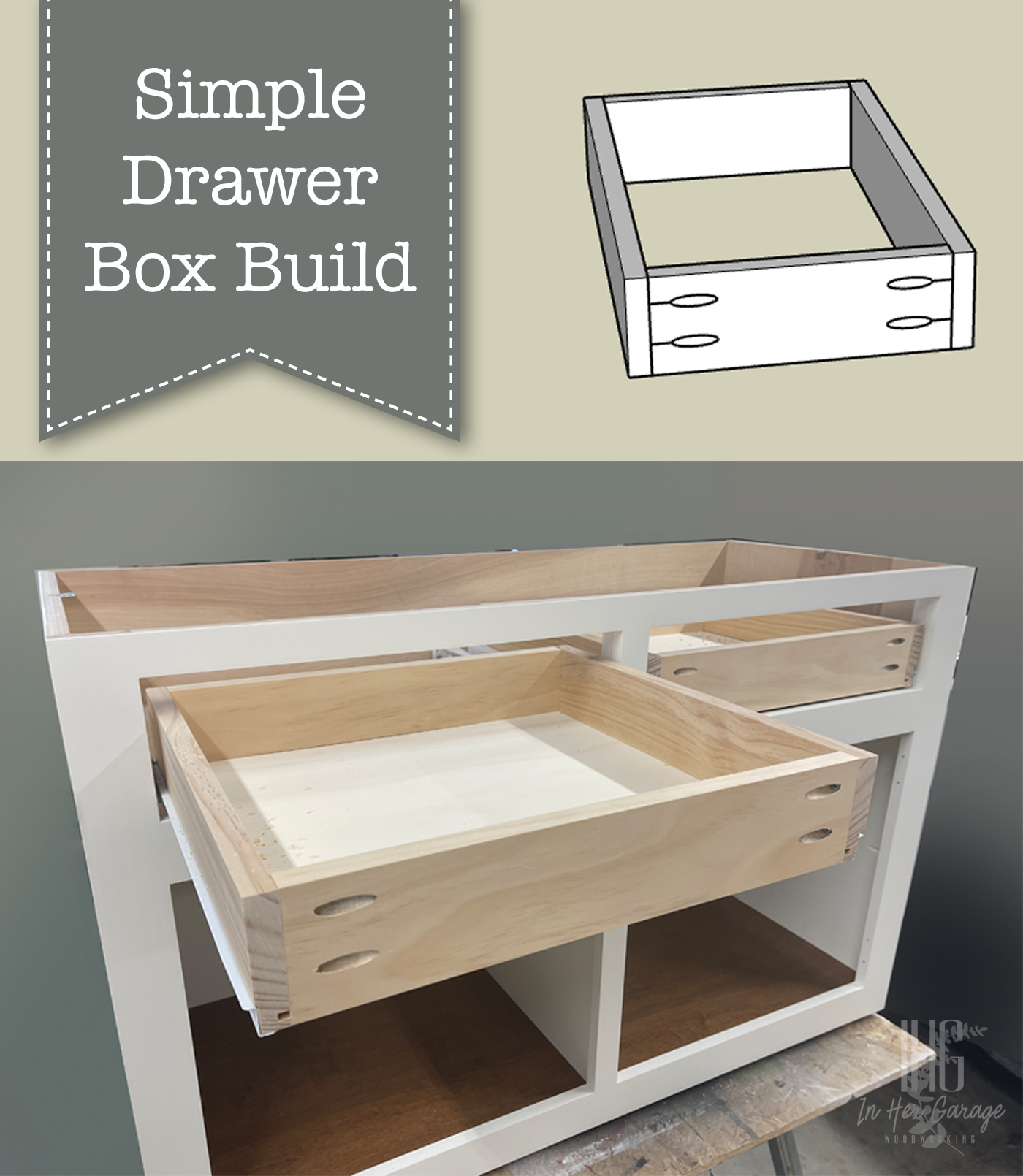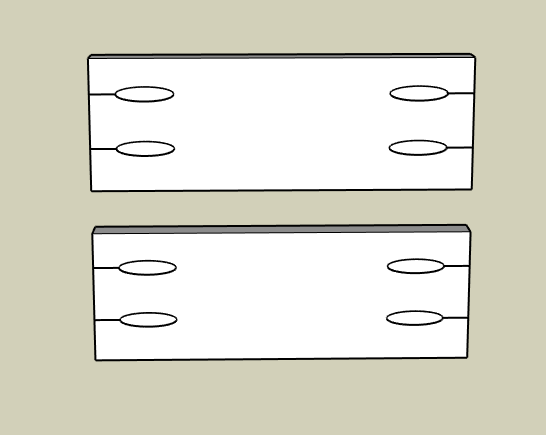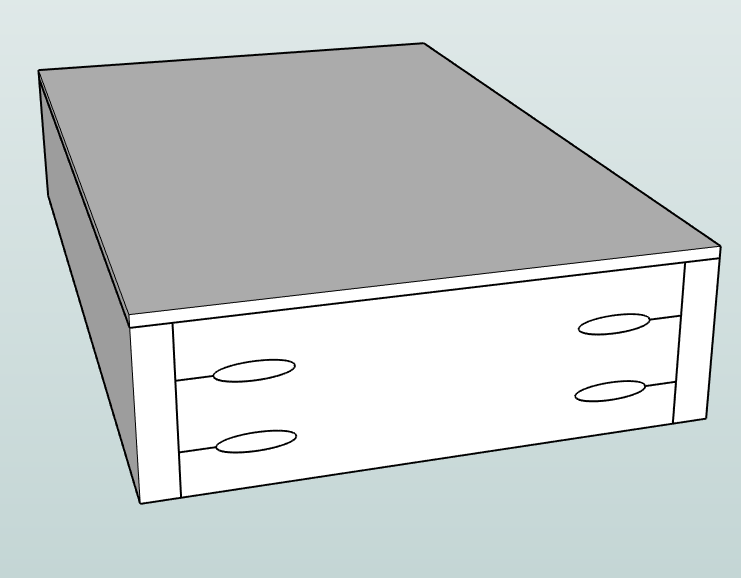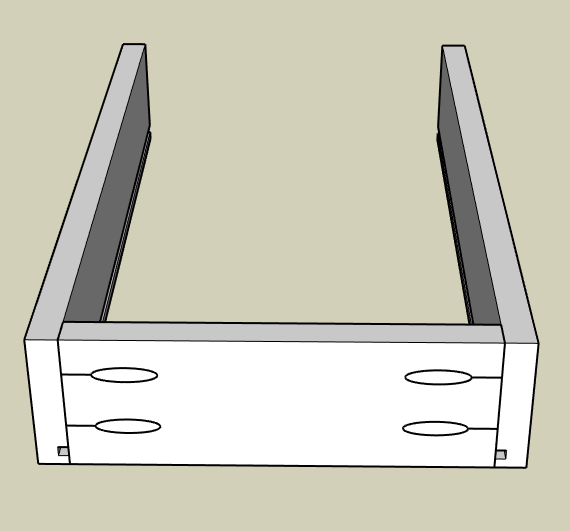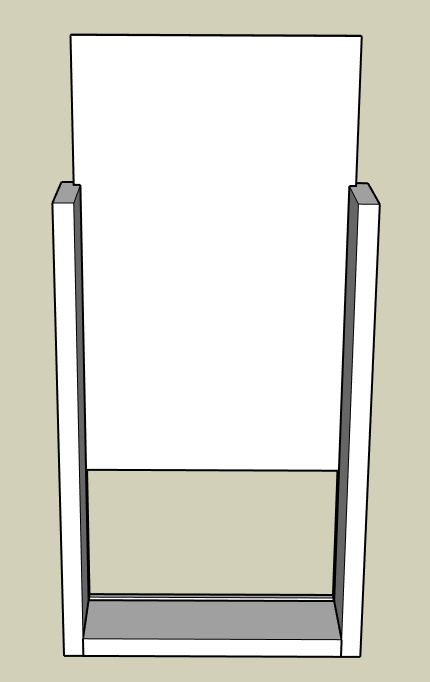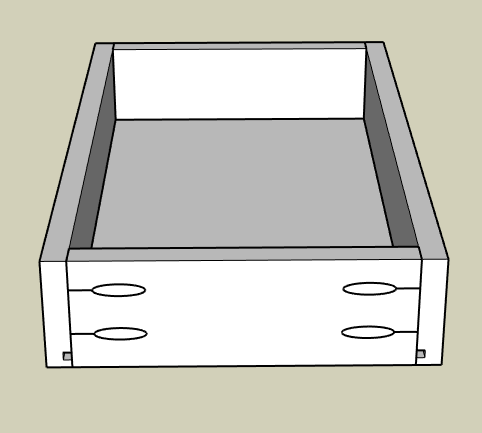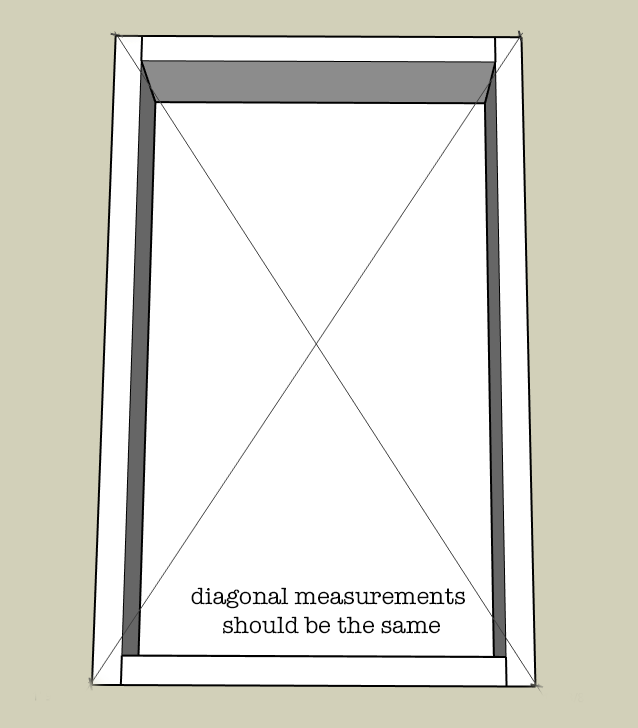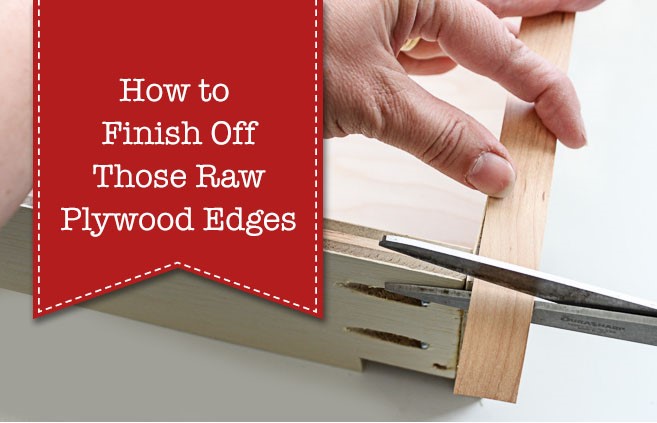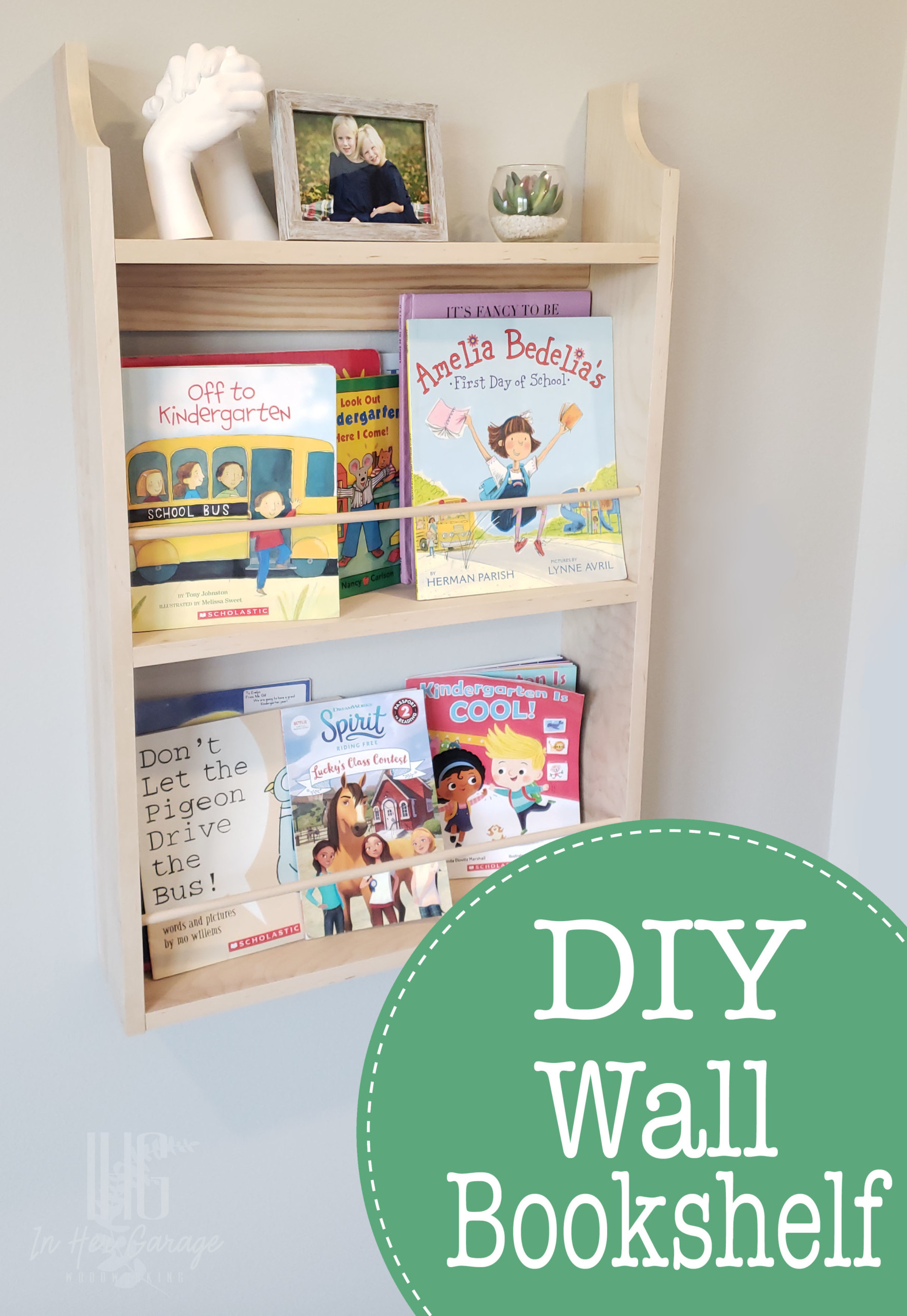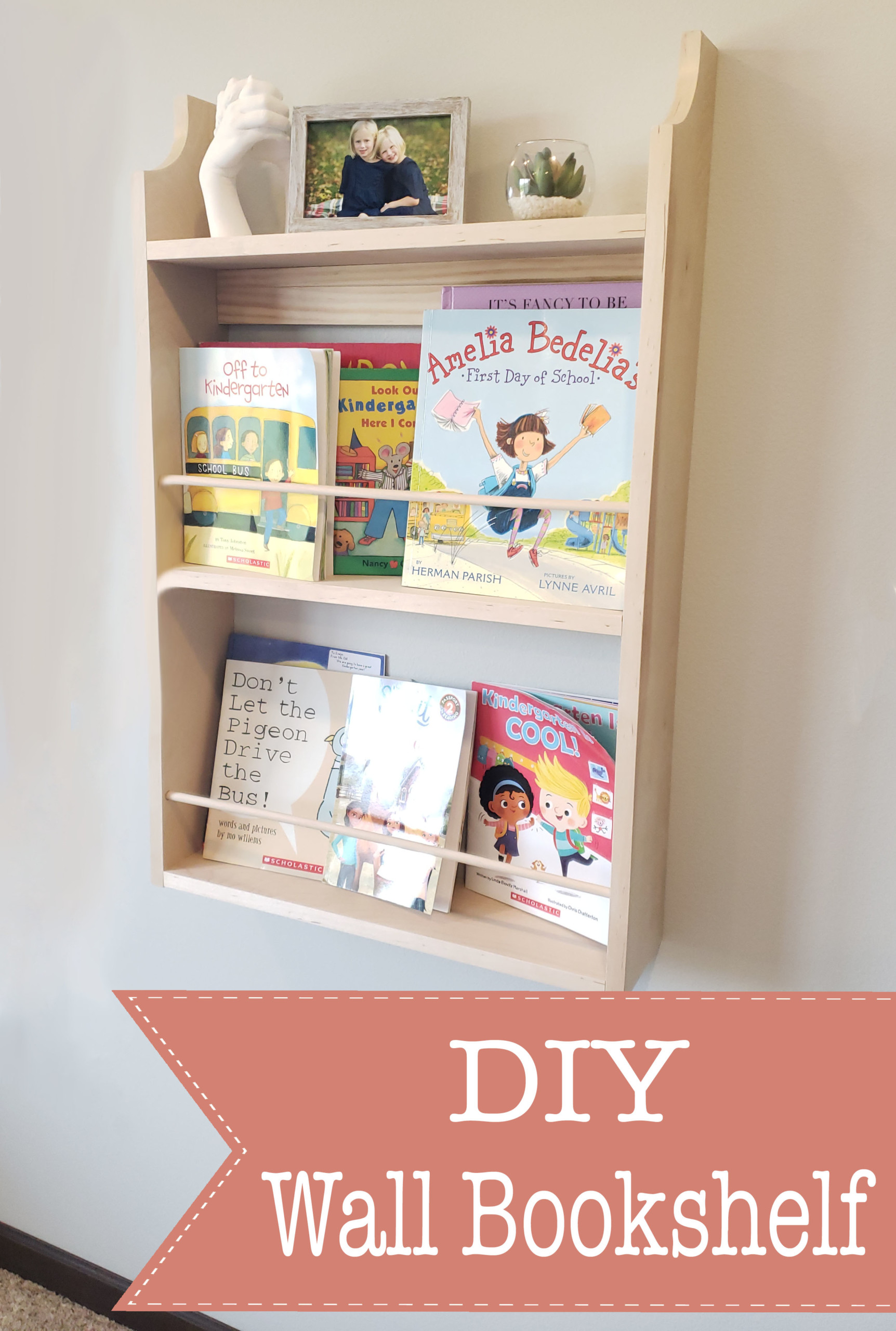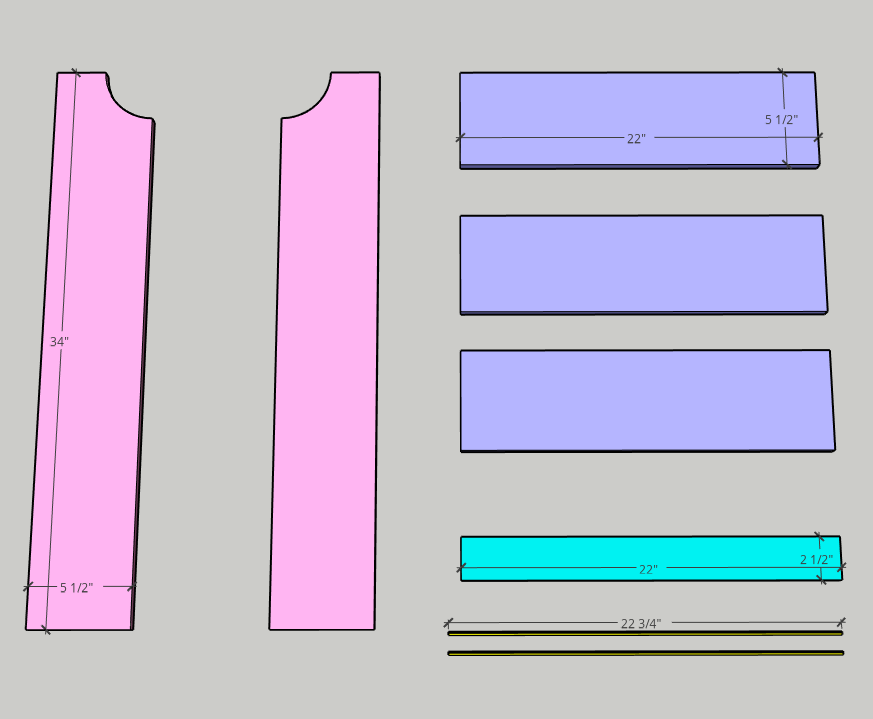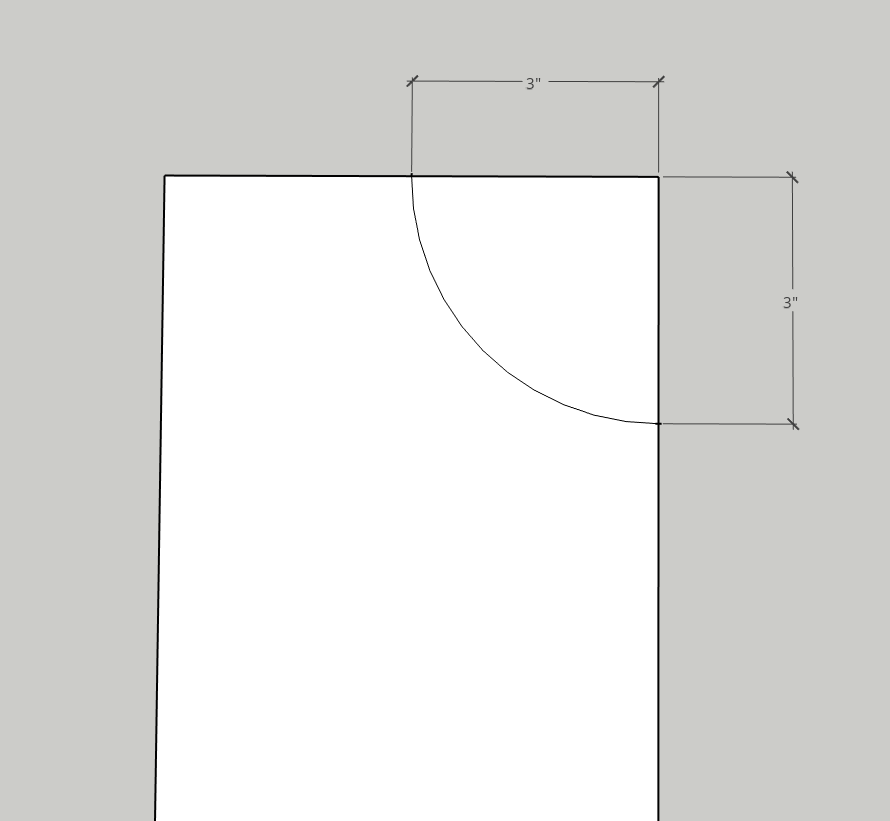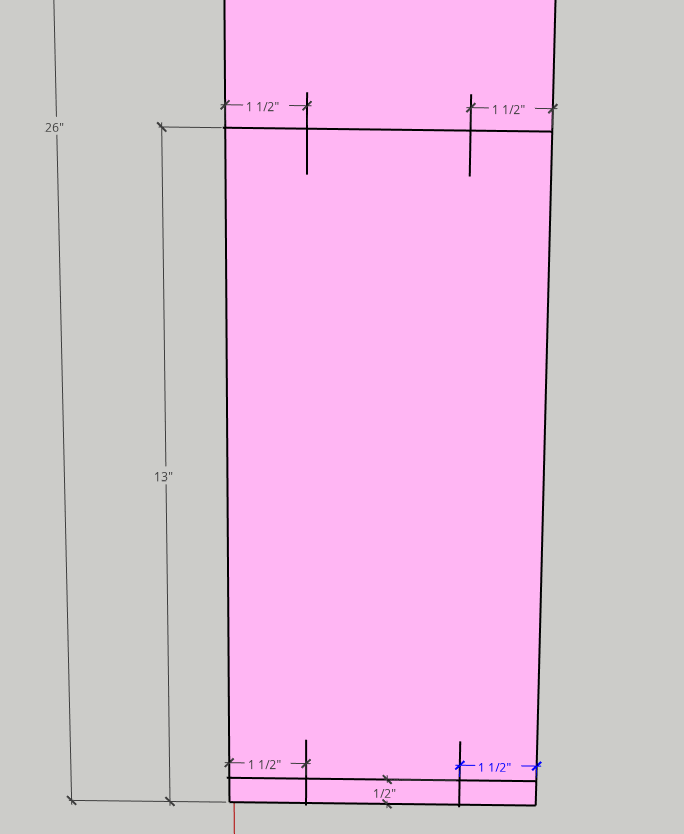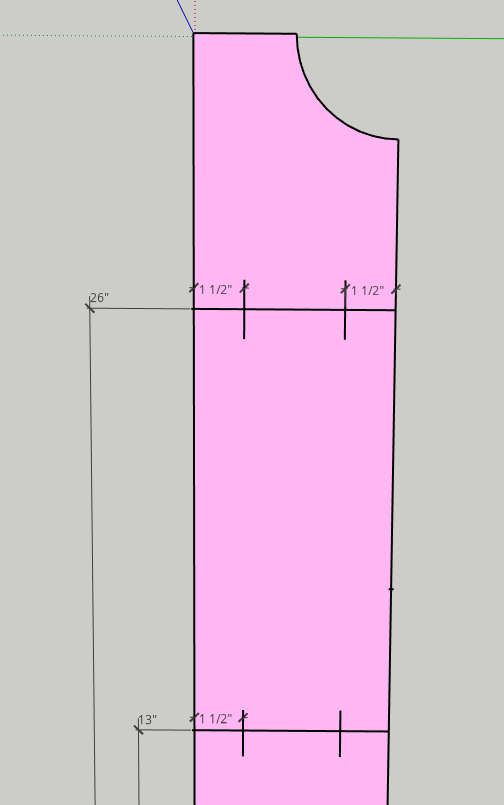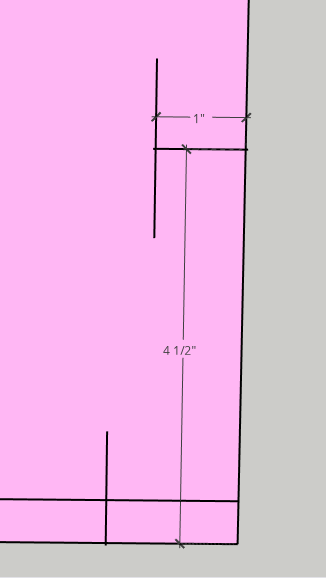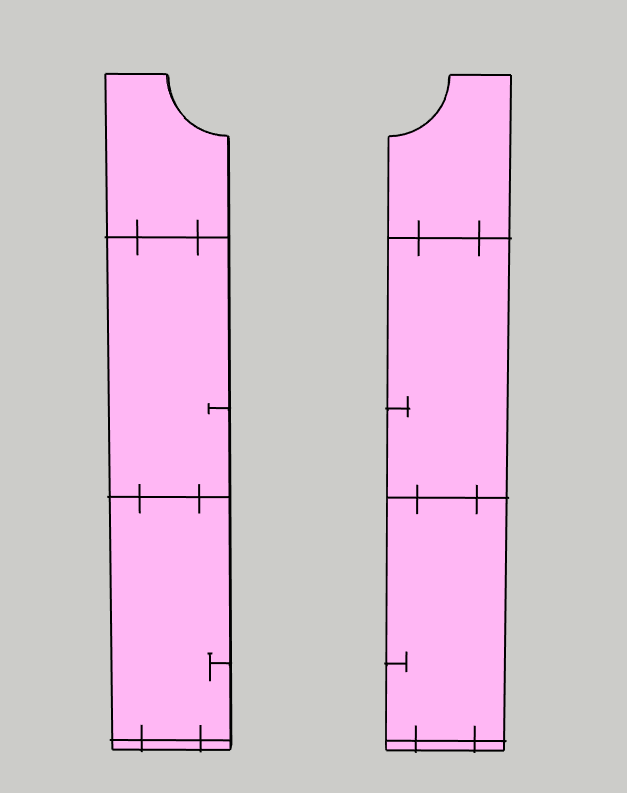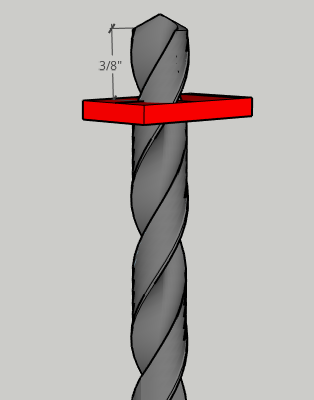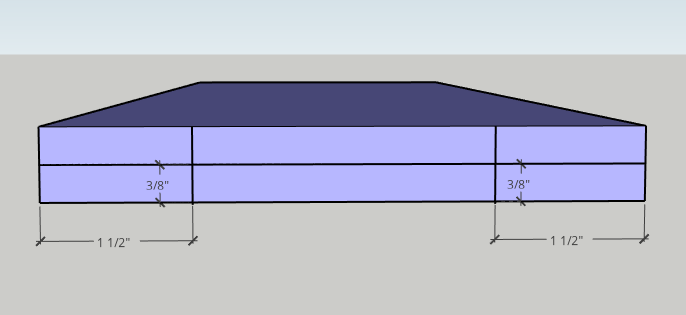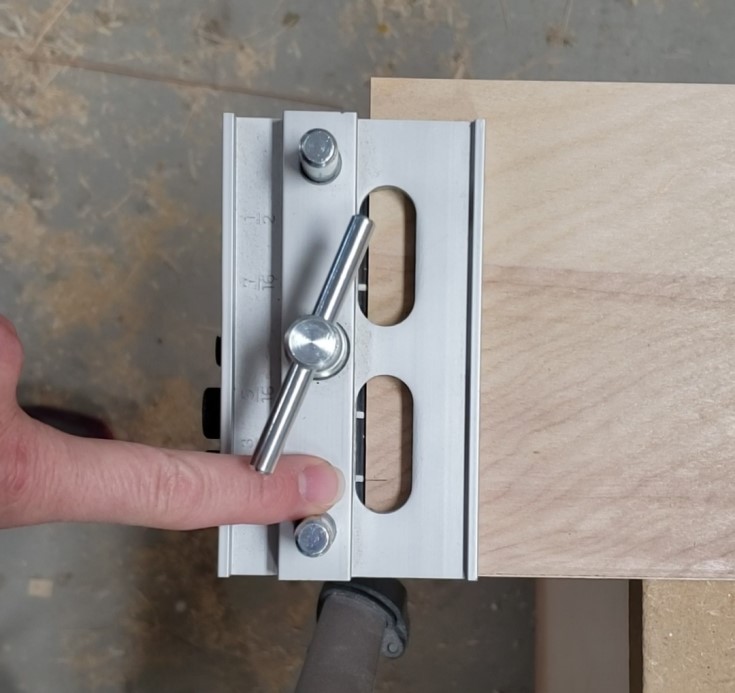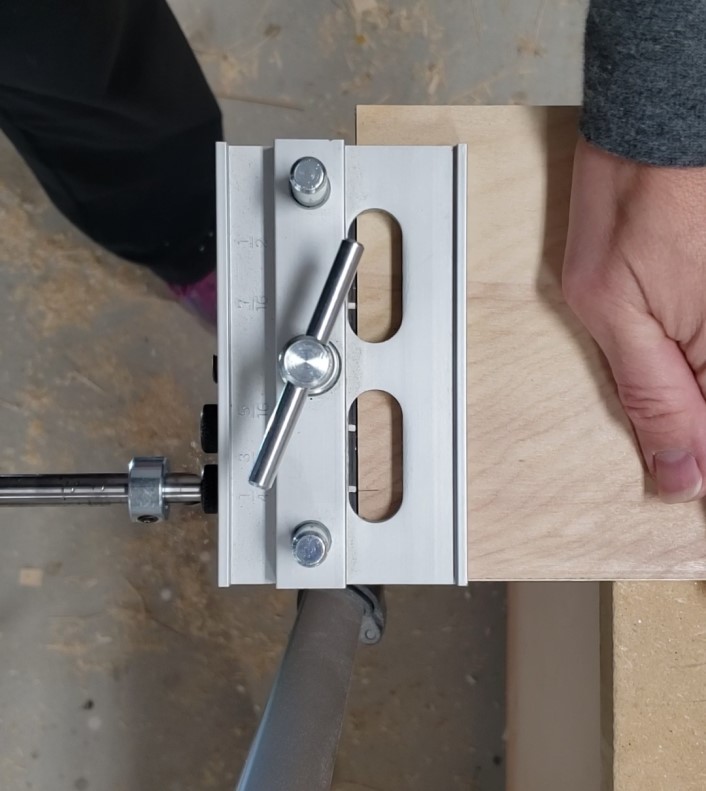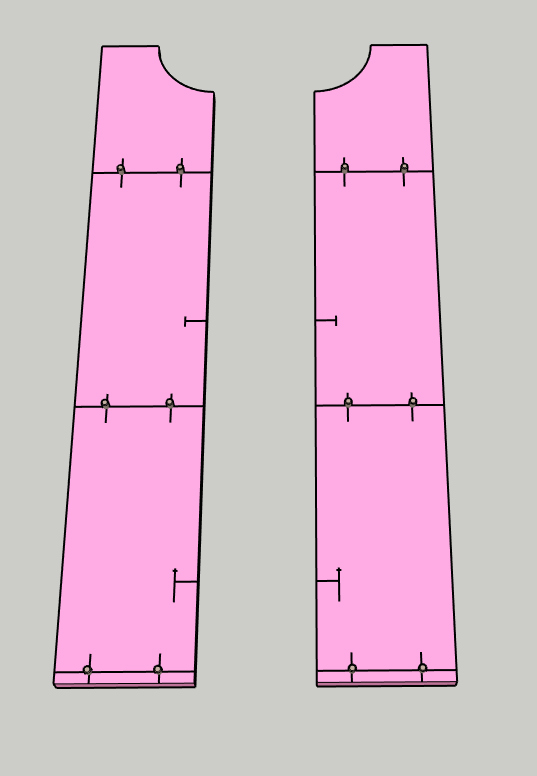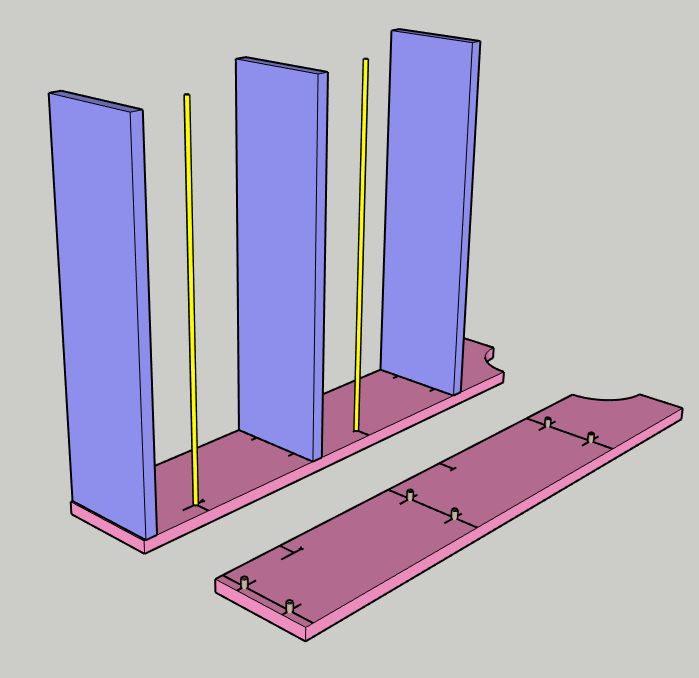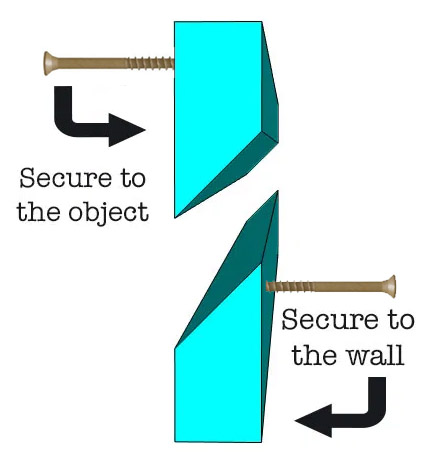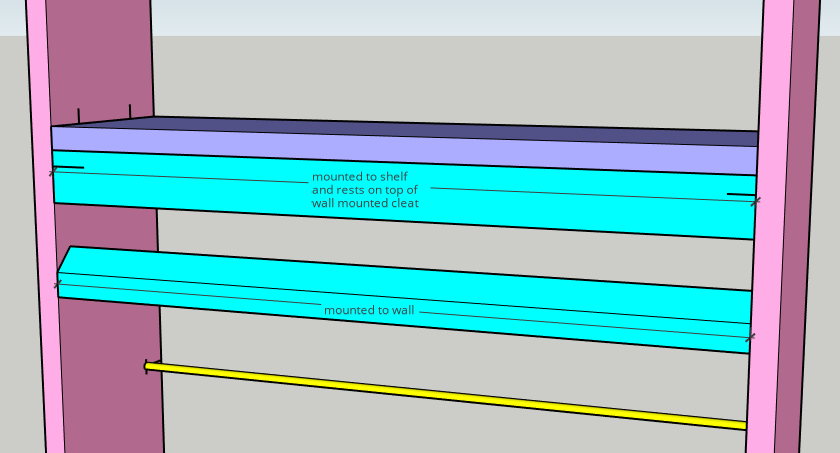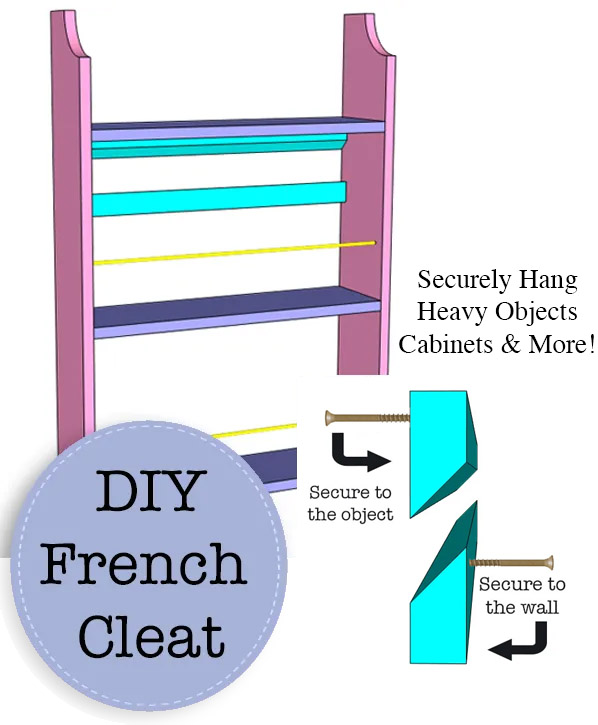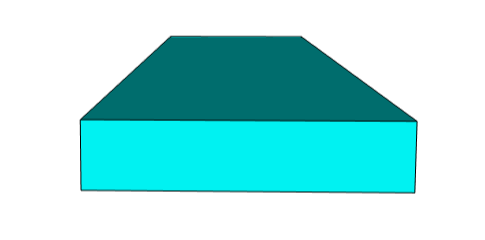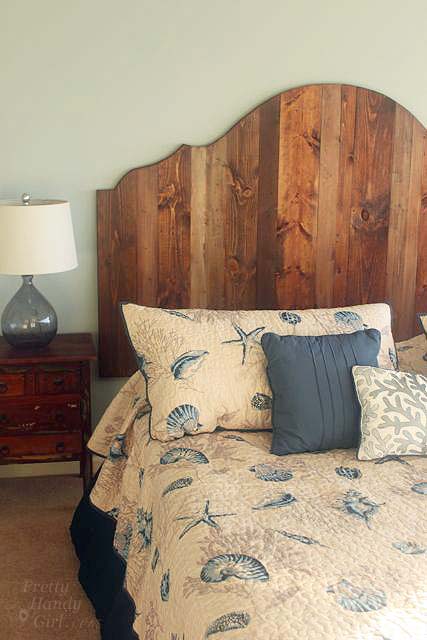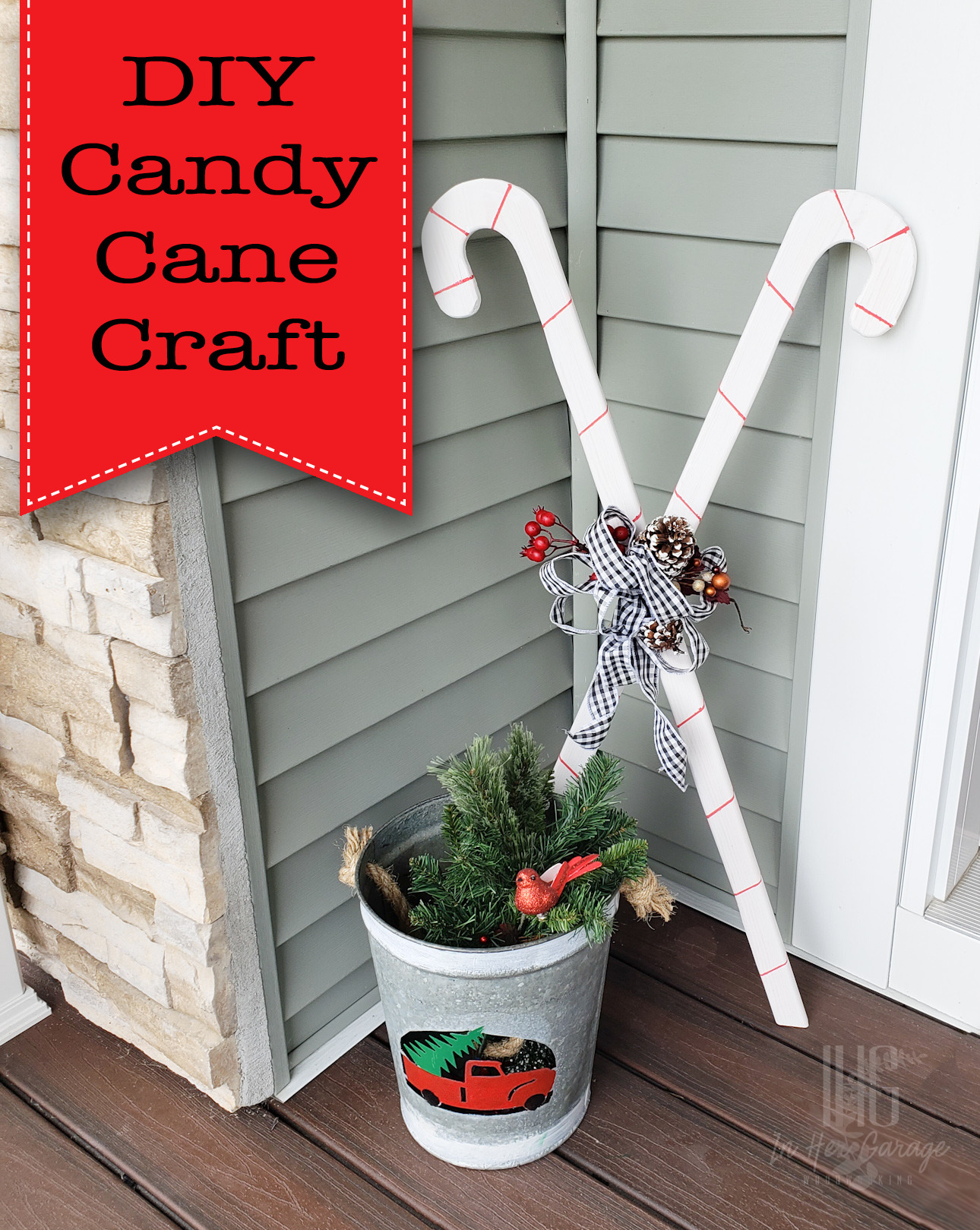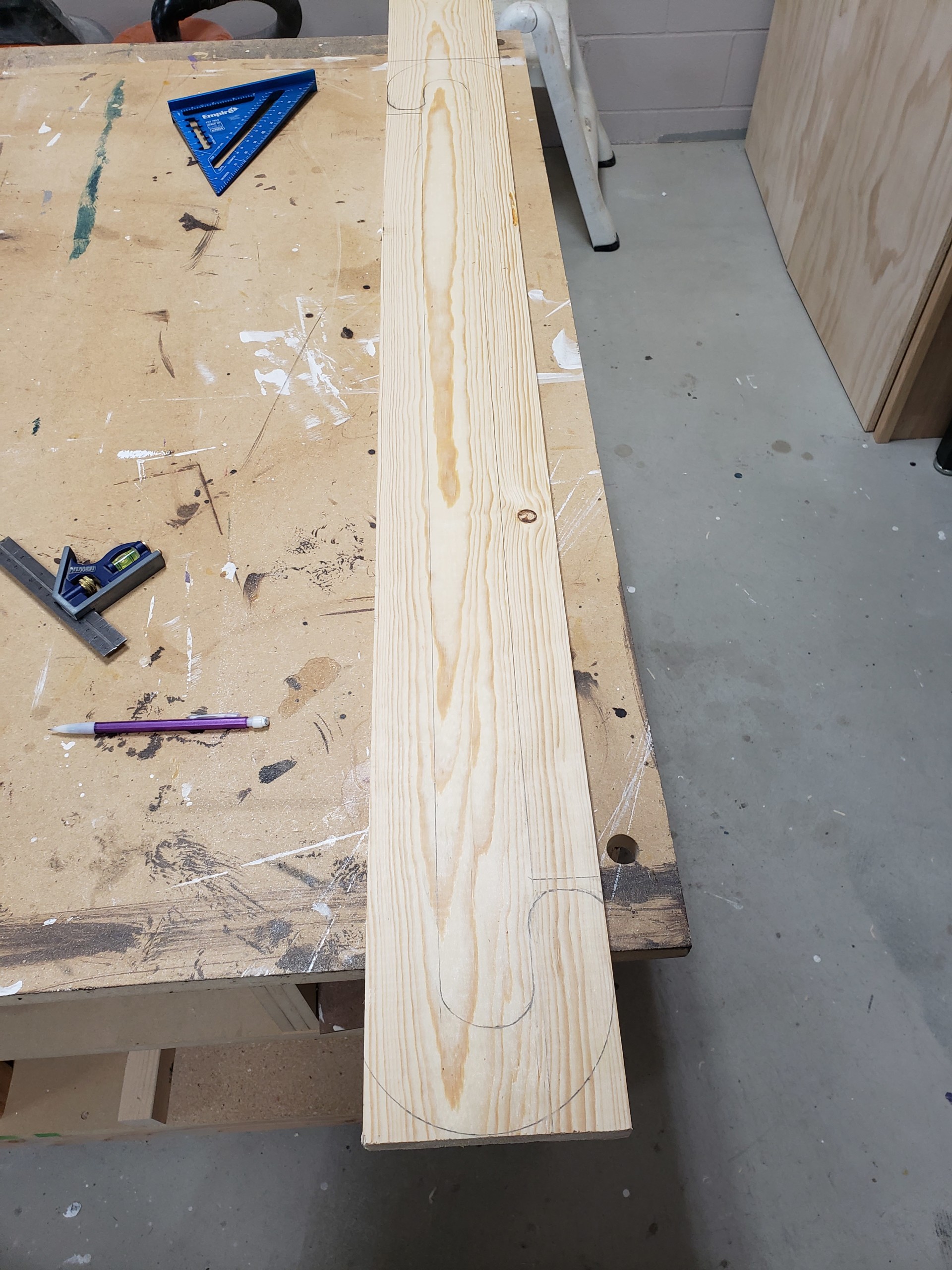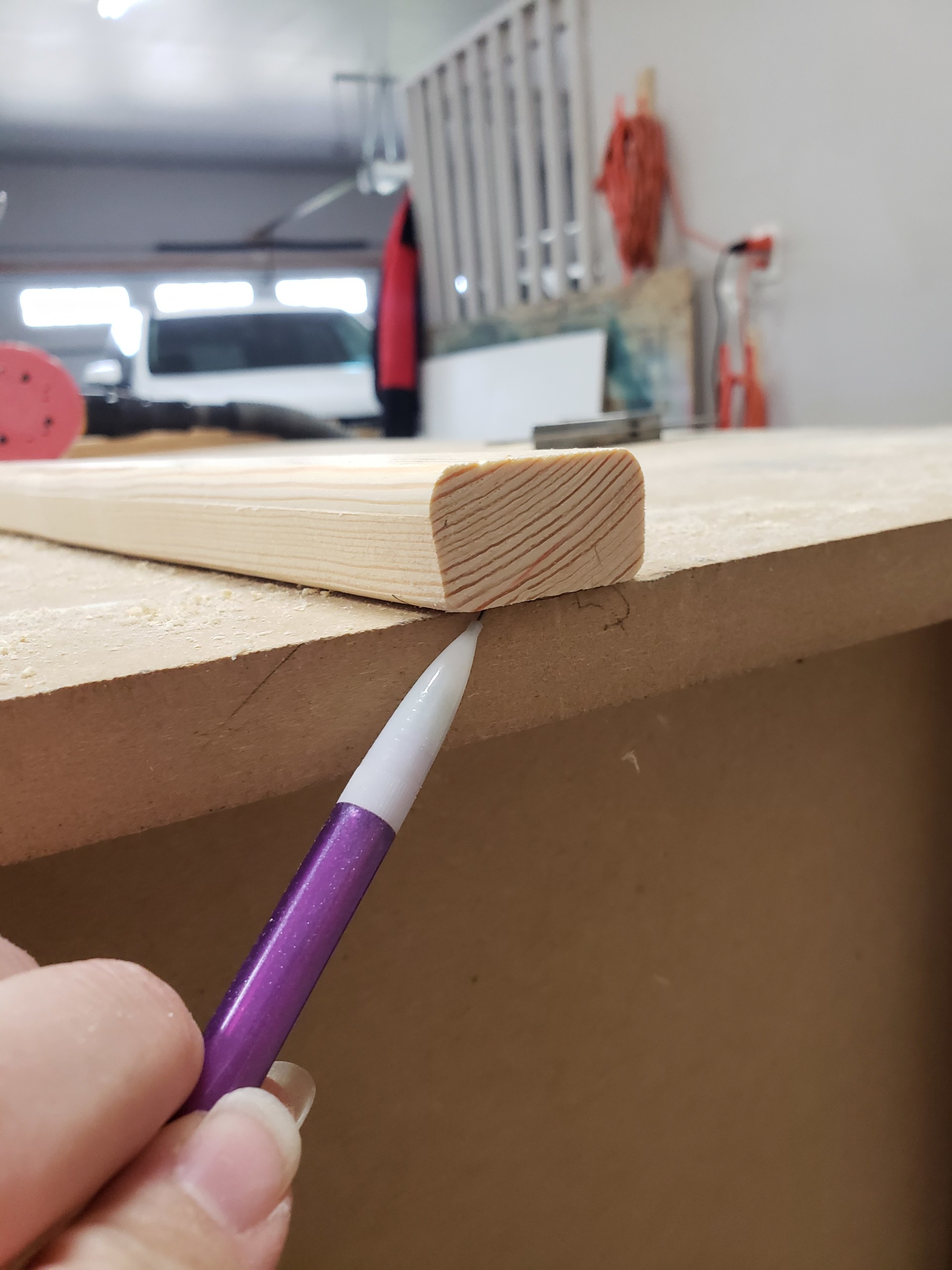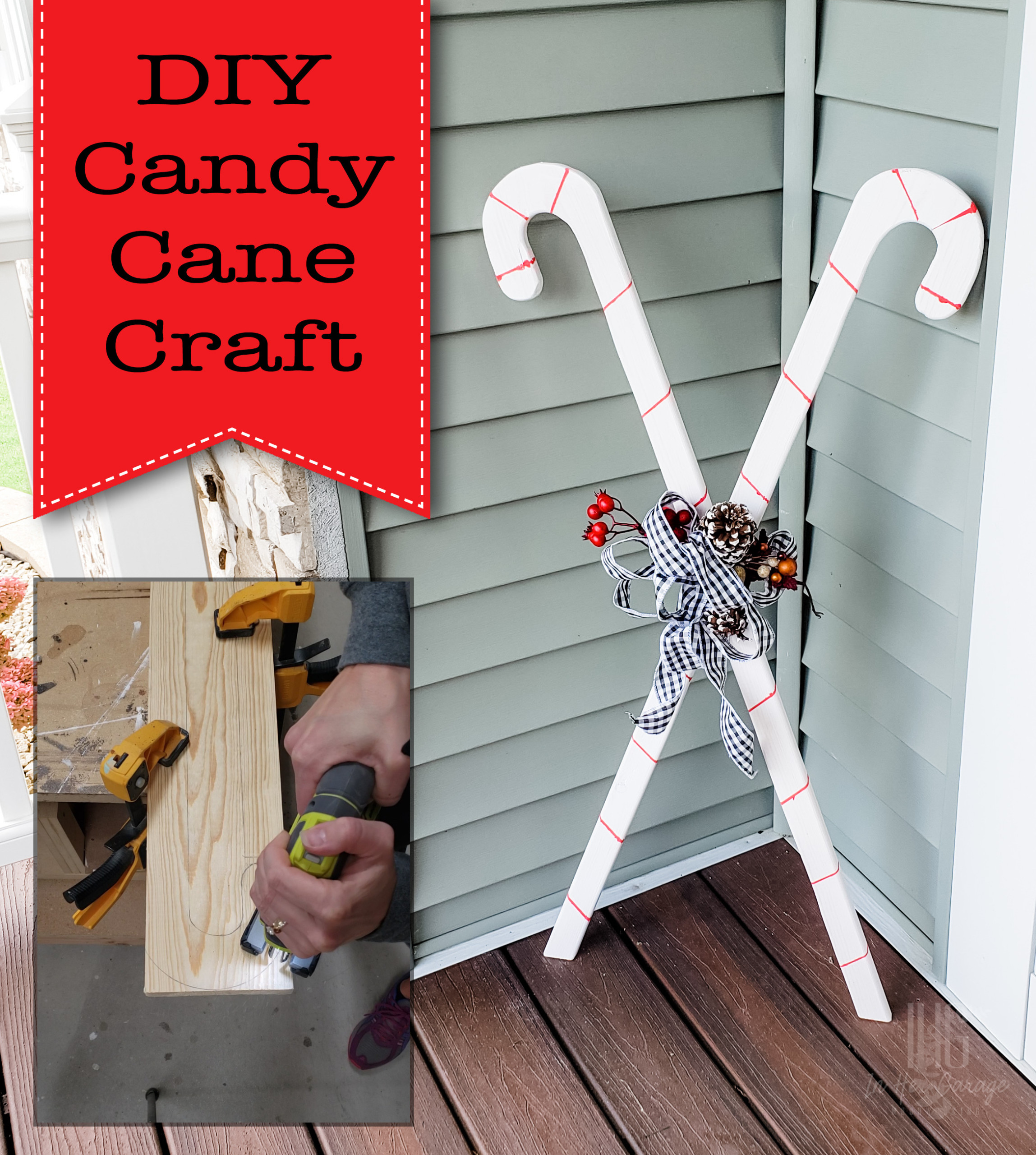21 DIY solar light ideas to brighten up your outdoor space. From mason jar lanterns to solar-powered chandeliers in every style and budget.
These DIY projects not only add a unique touch to your outdoor decor, but they also utilize the power of the sun to light up your space at night.
So, let’s dive in and explore these innovative ways to add solar lights to your home.
DIY Solar Lights
With so many DIY solar light ideas out there, it can be overwhelming to choose which ones to try. In this article, we will explore solar lights that are easy to make and will enhance the look of your outdoor area.
Whether you’re looking for something simple or more elaborate, there’s sure to be a solar light idea that will suit your needs. So, let’s get started!
Add unique concrete rock solar garden lights to your outdoor space for an eye-appealing look. If you haven’t worked with concrete yet, this is a great step-by-step tutorial.
DIY projects are a great way to keep costs down indoors or out. These outdoor solar lights use dollar store vases and lights making it extremely budget-friendly. Add several on a patio table, or picnic table for a fun outdoor lighting party idea.
Add curb appeal to your home while also lighting a pathway to your front door with these clever solar landscape lighting ideas.
We all love a good upcycle project. Learn how to make a DIY solar light chandelier using an old candle holder. This would look great hung in a gazebo too.
Pick up a few terracotta pots and outdoor paint to make the coolest clay pot lighthouse topped with a solar light bulb. Place this in a garden or outdoor patio for a beautiful garden accent piece.
Get the easy tutorial for a DIY Mason Jar Solar Light that can be used in so many different ways. You could attach wire and hang several from a tree, or place them along a walkway. They are also just the right size to place on an outdoor table.
Looking to save a bit on your electric bill? Consider installing solar powered lights in your yard. They are easier than you think to install.
Create beautiful solar light planters for your front steps or porch. Add seasonal flowers for a pop of color. The addition of your house number is a great finishing touch.
Get all the details on how to make your own solar address sign garden post using a 4×4 post. Take it to the next level by attaching planter hooks for a pop of color.
Create a one of a kind floor lamp solar light by upcycling an old lamp. This is such a creative idea and is definitely a statement piece for any outdoor entertaining area.
This DIY solar light stand has been extremely popular. The great thing is you can paint it, stain it or even add a color-block design.
If you want to add a decorative touch to a plain fence consider these DIY solar fence lights. They are perfect for adding a bit of ambiance at night.
Here is a sweet idea for a solar powered fairy house made with just a few simple craft supplies. I’m sure kids would get a kick out of seeing this in the garden!
Wood and mason jar solar lanterns can be made in different sizes depending on the space. Wouldn’t these be pretty at a wedding or other outdoor celebration?
If you haven’t seen these DIY spilling string lights yet, they are simply stunning! There is a detailed tutorial included in this article so you can make your own!
Learn how to make DIY hanging solar lights that you can use several ways in your yard. They look great hung on a shepherd’s hook, or attached to an umbrella. You can even hang several from tree branches.
Take outdoor solar lights to the next level with this solar string light hack. What a great addition to a firepit area, or patio space.
Talk about a statement piece! This waterdrop solar light will definitely bring that wow factor to any outdoor space.
Add a landscape timber solar light to your garden for a fun beachy look. Use reclaimed wood to keep costs down.
Repurpose embroidery hoops into a a cool DIY Hanging Solar Light. This is a simple DIY with great impact. Hang a grouping of several together from a tree, gazebo or arbor.
DIY mason jar crafts continue to be extremely popular for several reasons. They are inexpensive, versatile and can be used indoors or out. Check out how cool solar powered rope fairy lights look inside a simple mason jar.
I hope you found these ideas helpful for your outdoor space! Do you have any other great ideas? Feel free to share them in the comments. As always, thanks for reading!
Please remember to share on Pinterest to inspire others as well!

